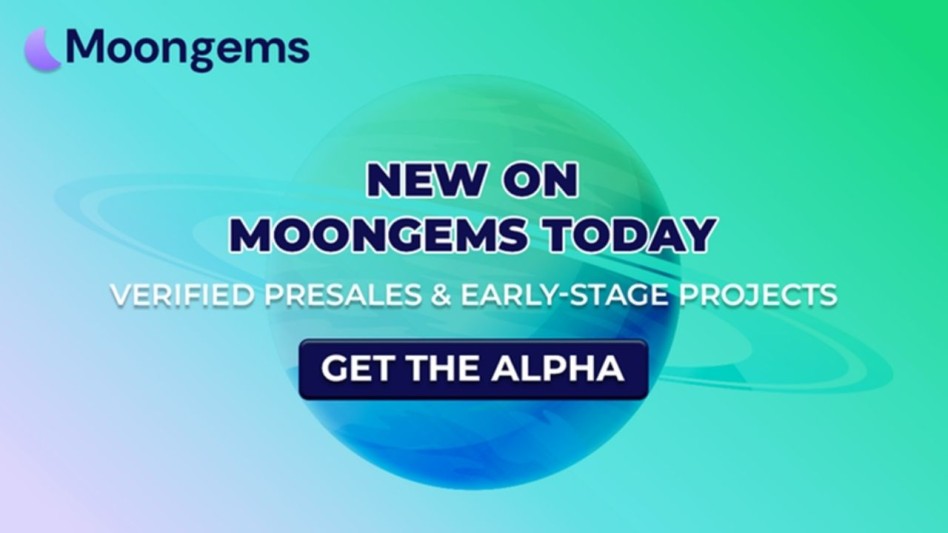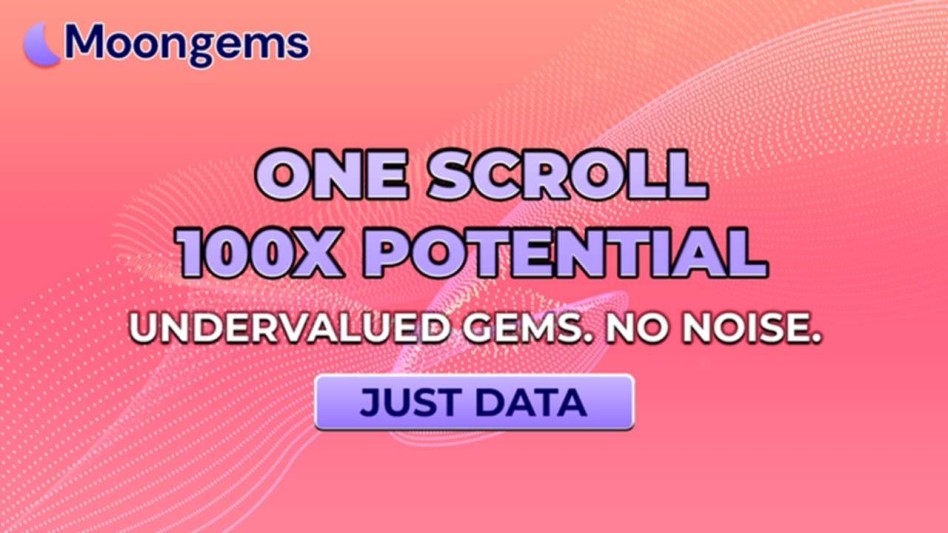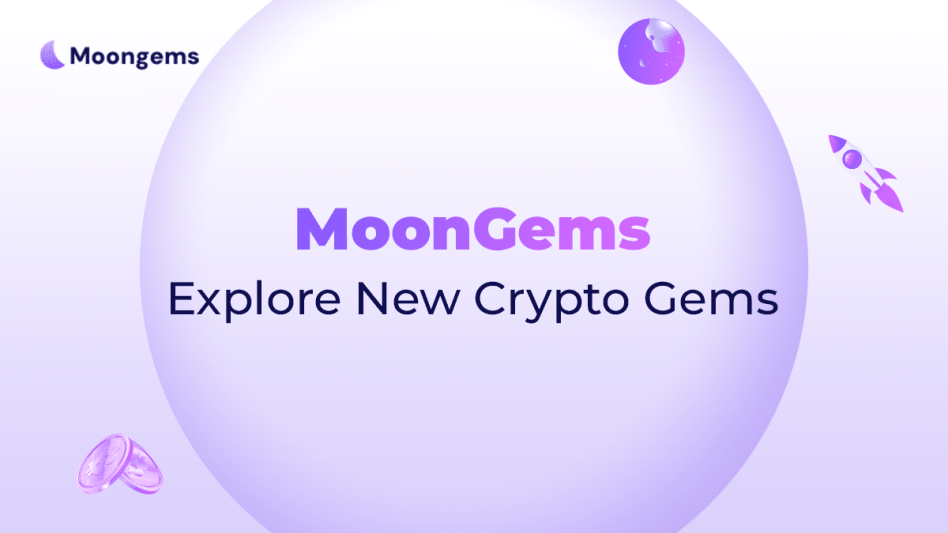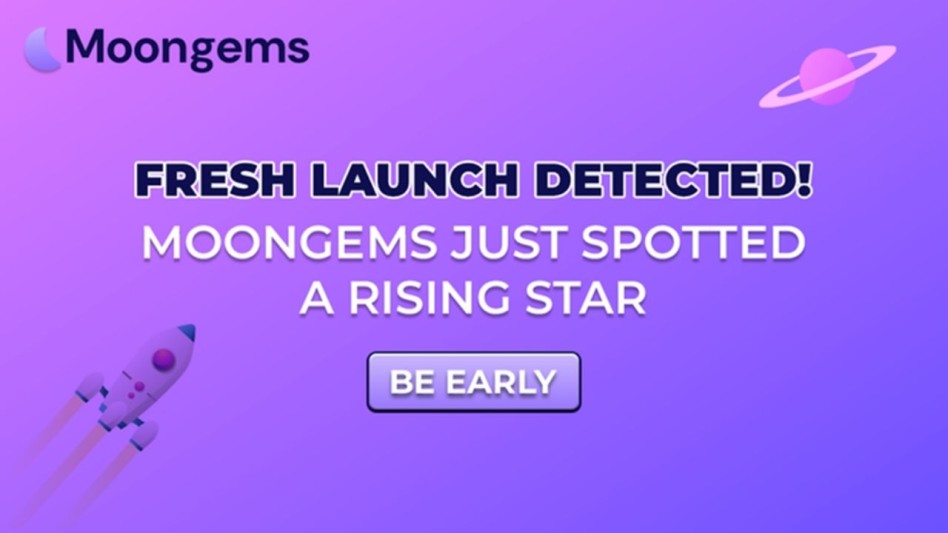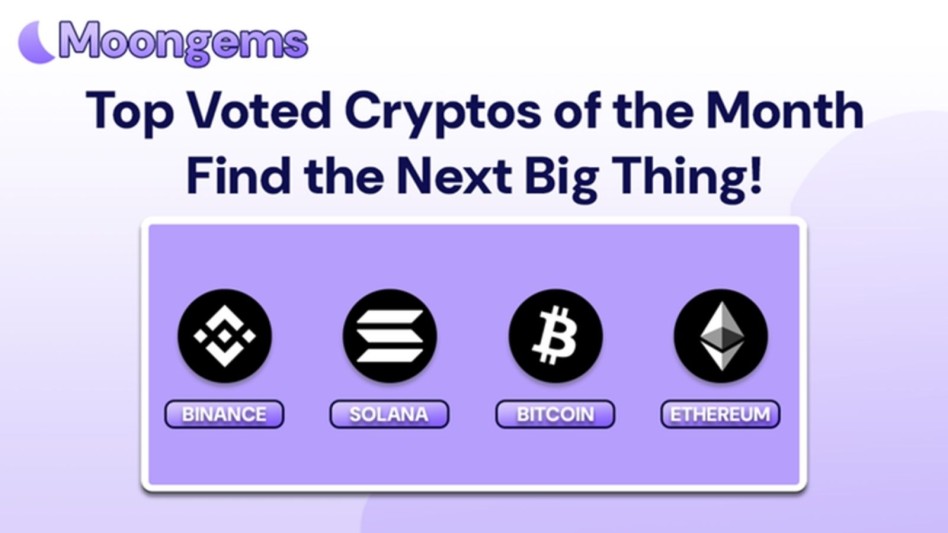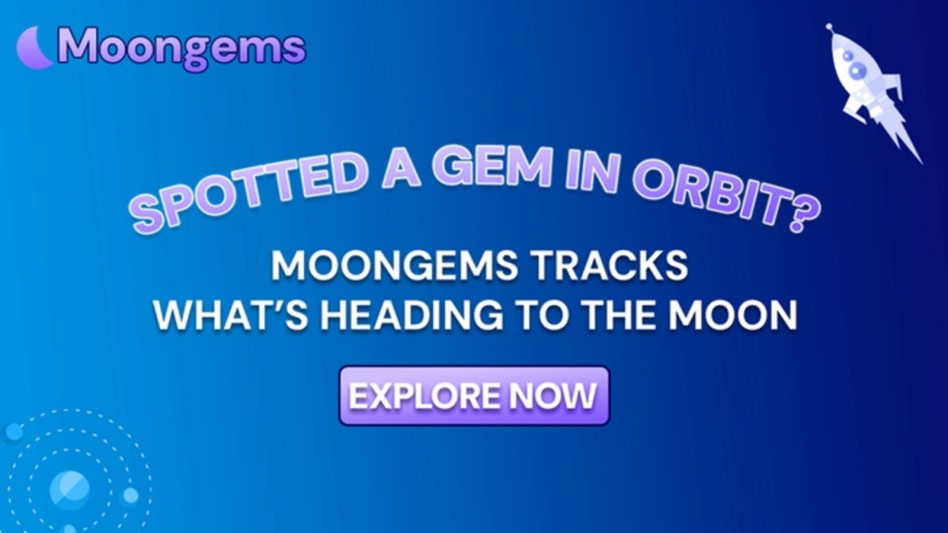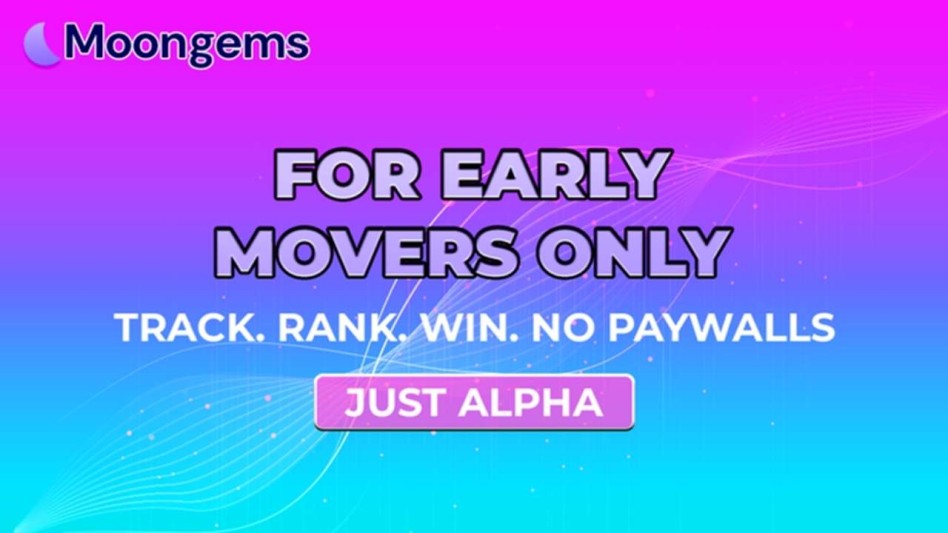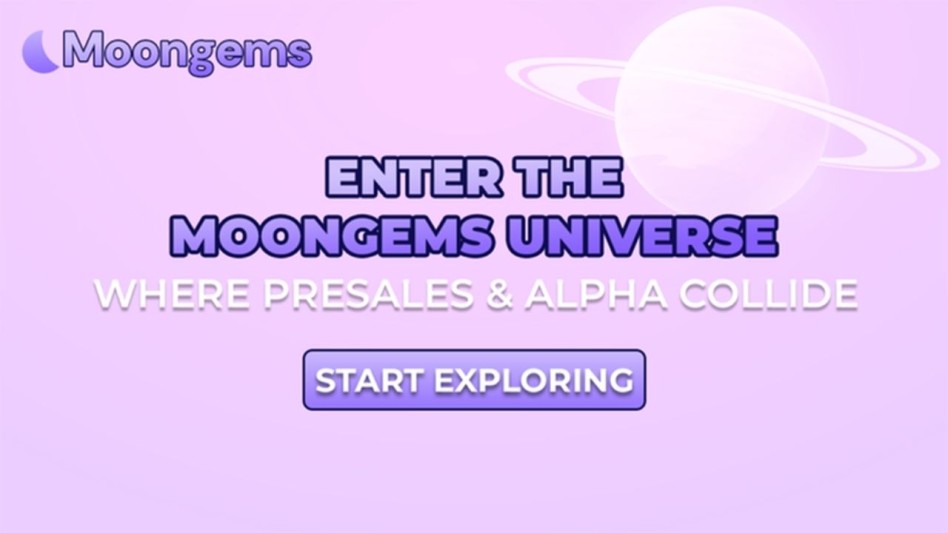Author: Jawad Hussain – Crypto Analyst & Web3 Researcher | 9+ years tracking presales, IDOs, and token launches. Follow him on Twitter and LinkedIn.
Let’s be honest: 2023 and 2024 were meme coin playgrounds. Anything with a dog, frog, or political punchline could 10x on narrative alone. But in 2025, the tide is shifting. Investors are asking tougher questions. The meme bubble didn’t pop — it matured. Now the community wants real use cases to back their bags.
This is where utility-based presales come in—tokens that don’t just entertain but solve real problems. Whether they power DeFi platforms, secure cross-chain bridges, or incentivize real-world data, utility tokens are beginning to separate from the hype herd.
This guide will help you identify the best crypto presales in 2025 with real utility, understand the difference between empty narratives and functional tokens, and how MoonGems filters serious projects from fluff.
In this next wave, memes are still fun, but utility pays the rent.
What Does “Utility” Actually Mean in a Crypto Presale?
The term “utility” gets thrown around a lot, but in crypto, it’s more than just buzz. A utility token provides actual access, function, or value within a product ecosystem.
Here’s what defines real utility:
- Functional Role in the Ecosystem: A utility token must do more than exist. It should power core functions — like paying fees, accessing features, or unlocking services. For example, ETH is used to pay gas on Ethereum; BNB is used on Binance to lower trading fees.
- Sustainable Demand Loop: There should be reasons for ongoing usage. Does the token get burned during use? Is it required to access key platform features? Utility means people need the token — not just trade it.
- Embedded in the Tech Stack: Tokens with utility are baked into the actual architecture of a project. If you could remove the token and the platform still works? It’s not utility — it’s decoration.
- User Incentives: Good utility tokens reward users for action — staking, data sharing, governance. The token should help align user behavior with project growth.
- Deflationary or Circulatory Mechanics: Look for built-in scarcity. If tokens are burned, locked, or staked in exchange for real platform benefits, it creates price support beyond hype.
MoonGems uses this utility framework to score presales, helping you focus on the ones with real, working mechanics.
Top Presale Projects in 2025 With Real Utility
Here are three top presales this year, combining narrative and real-world use cases:
1. Chainlink (Re-entry) – Real-World Data Oracle Expansion
Chainlink isn’t new, but its 2025 presale initiative focuses on expanding decentralized oracles into new verticals like AI data feeds, IoT sensors, and finance APIs.
Utility Use Case: LINK pays node operators to deliver secure off-chain data. No data = no dApp functionality. That’s hardwired utility.
Bonus: LINK’s tokenomics now include staking and slashing, incentivizing long-term validators.
2. Arweave Ecosystem Projects – Decentralized Storage Meets New Tokens
Several spin-offs from Arweave are launching tokens to facilitate long-term blockchain-based storage, targeting creators, archivists, and institutions.
Utility Use Case: These tokens allow payment for permanent storage on-chain — a model no cloud service can compete with.
Bonus: With NFT platforms and DAOs integrations, utility demand could scale rapidly.
3. Ethereum Rollup Tokens – Fueling L2 Economies
Layer 2 solutions on Ethereum, like Optimism and zkSync, launch utility tokens specifically for gas, voting, and incentivizing liquidity migration.
Utility Use Case: These tokens are used for network fees and governance, creating active and embedded demand.
Bonus: Users who migrate liquidity or participate in governance earn staking rewards.
These aren’t just buzz projects — they’re function-first presales. MoonGems currently features utility ratings for all of them, based on token role, burn mechanics, and roadmap delivery.
How to Evaluate Utility Tokens in Early Presales
Before you ape in, here’s a utility checklist to follow (with detailed breakdowns):
- Is the Token Required for Platform Usage?
If the token isn’t mandatory to use the core product, its utility is weak. Look for integrations like gas payments, smart contract interactions, or platform-specific access gates. - Are There Built-in Demand Drivers?
Ask what makes people need the token. Does it get burned when used? Is it required for upgrades or governance? Strong utility creates repeat demand, not just one-time buys. - Does the Token Power Multiple Use Cases?
Multi-utility is a plus. Tokens used for staking, governance, AND in-app payments are more resilient than single-use tokens. - Is It Embedded in a Working Prototype or MVP?
If the project already has a beta platform where tokens are functional, that’s a green flag. Vapor projects only promise — utility projects ship. - Is There Transparency Around Token Distribution?
High utility means nothing if insiders dump. Check the vesting schedule, treasury allocation, and investor cliffs. MoonGems tags all listings with token distribution visibility. - What’s the Roadmap for Utility Expansion?
Utility should grow with time. Tokens that plan future integrations (e.g., cross-chain, DeFi plug-ins, NFT markets) have better long-term potential. - Has the Token Passed Smart Contract Audits?
Utility tokens must be secure. If a reputable firm hasn’t audited the core contract, treat utility claims with caution.
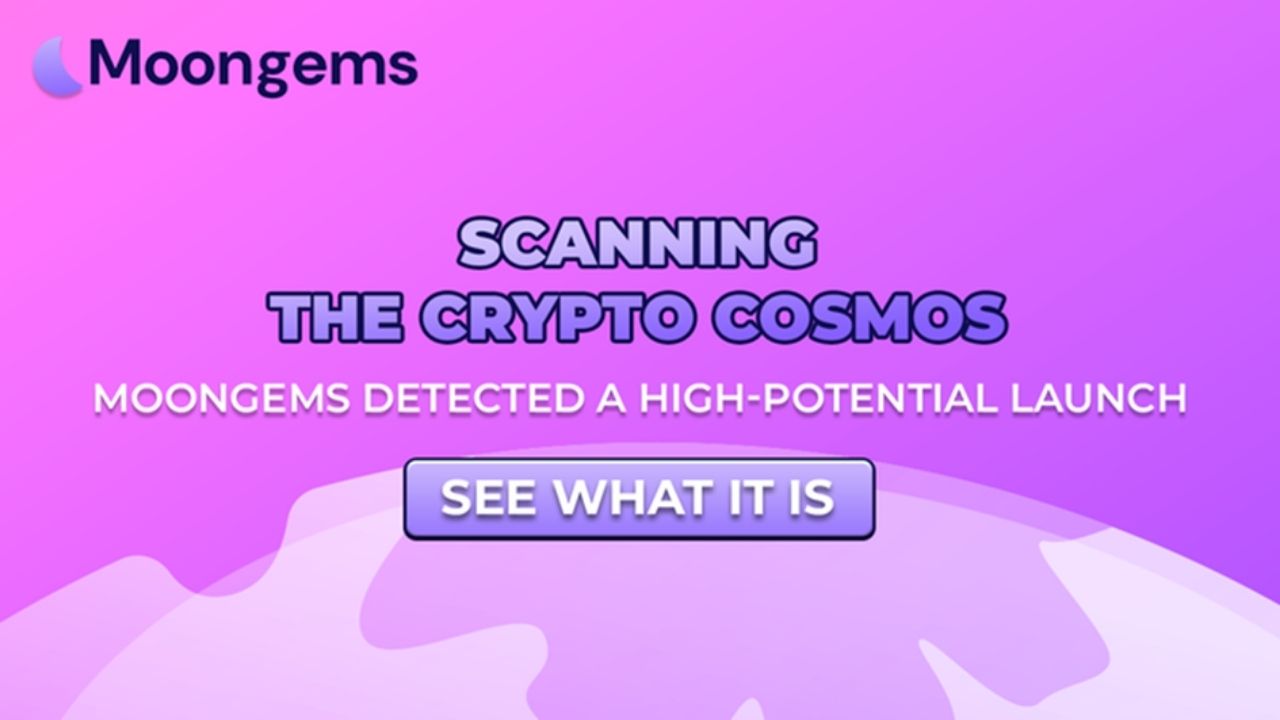
Final Thoughts: In 2025, Utility Isn’t Boring — It’s Alpha
Narratives might pump a token, but utility sustains it. In 2025’s more mature (and regulatory-aware) crypto market, investors are starting to reward tokens that can do something.
That doesn’t mean memes are dead — far from it. But if you’re betting big, why not choose projects with both memes and mechanics?
Use platforms like MoonGems to sort the serious from the silly. Look for tokens that power ecosystems, not just group chats.
Because at the end of the day, when the FOMO fades, utility stays.
Frequently Asked Questions (FAQs)
- What is a utility token in crypto?
A token that powers actual functions within a platform, like payments, access, staking, or governance. - Why is utility important in presales?
It creates ongoing demand for the token after the hype wears off, supporting price and user growth. - How can I tell if a presale has real utility?
Check if the token is required for product use, embedded in the tech, and incentivizes ongoing user actions. - Are meme coins with no utility bad investments?
Not necessarily, but they’re riskier. Utility adds a safety net that meme tokens often lack. - What tools help evaluate utility?
Use MoonGems to check utility ratings, tokenomics structure, and live platform previews. - Can a token have both narrative and utility?
Yes — and those are often the best performers. Think DOGE evolving into tipping, or LINK powering real-world data. - What are some upcoming 2025 utility tokens to watch?
Ethereum rollup tokens, Arweave ecosystem assets, and decentralized storage/payments hybrids are all trending.
Glossary of Terms
- Utility Token: A crypto asset that serves a specific purpose within a platform or protocol.
- Presale: The fundraising phase before a token’s public launch.
- Staking: Locking tokens to support network functions and earn rewards.
- Burn Mechanics: The process of permanently removing tokens from circulation to reduce supply.
- MVP (Minimum Viable Product): A working version of a product with just enough features to launch.
- Tokenomics: The economic design behind a crypto token.
- Governance: Token-holder voting power over project decisions.
- Smart Contract Audit: A security review of a token’s blockchain code.
- MoonGems: A platform that evaluates early-stage crypto presales with metrics like utility, team transparency, and social sentiment.
- Cliff/Vesting: Token release schedules that prevent early dumping by insiders.
Disclaimer
This content is for informational purposes only and does not constitute financial advice. Investing in crypto presales carries risk, including potential capital loss. Always do your own research (DYOR) and consult professional advisors before participating in early-stage investments.



